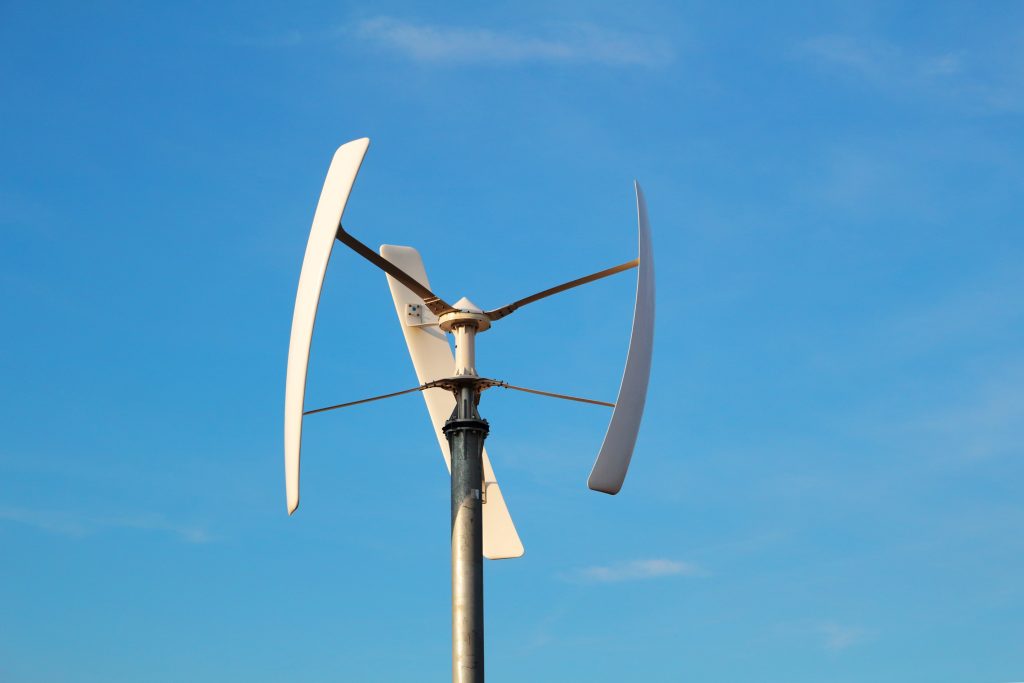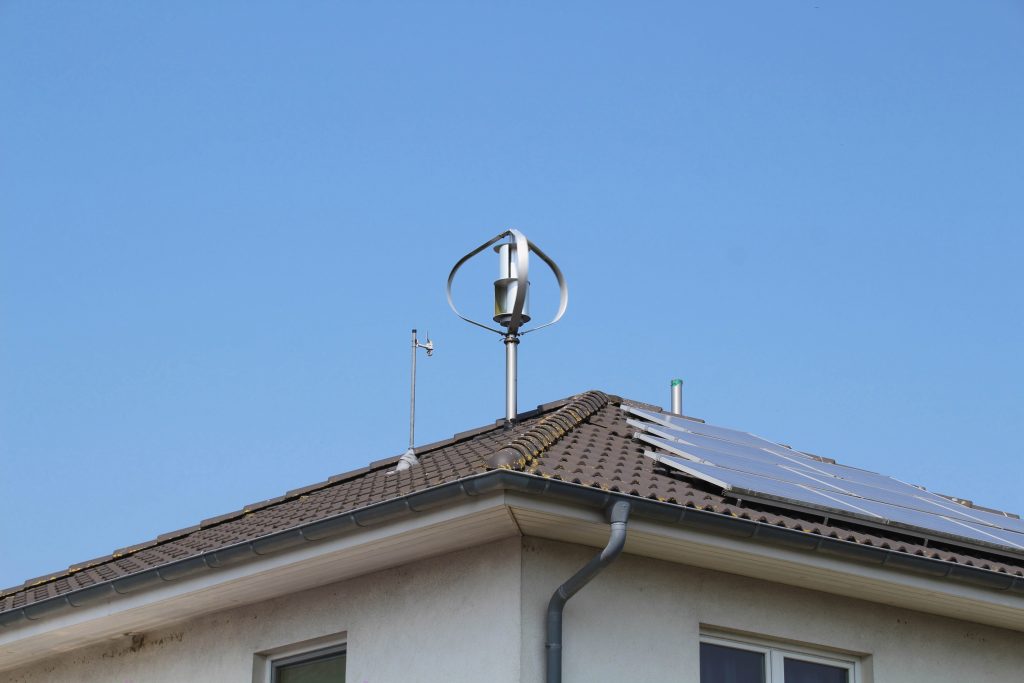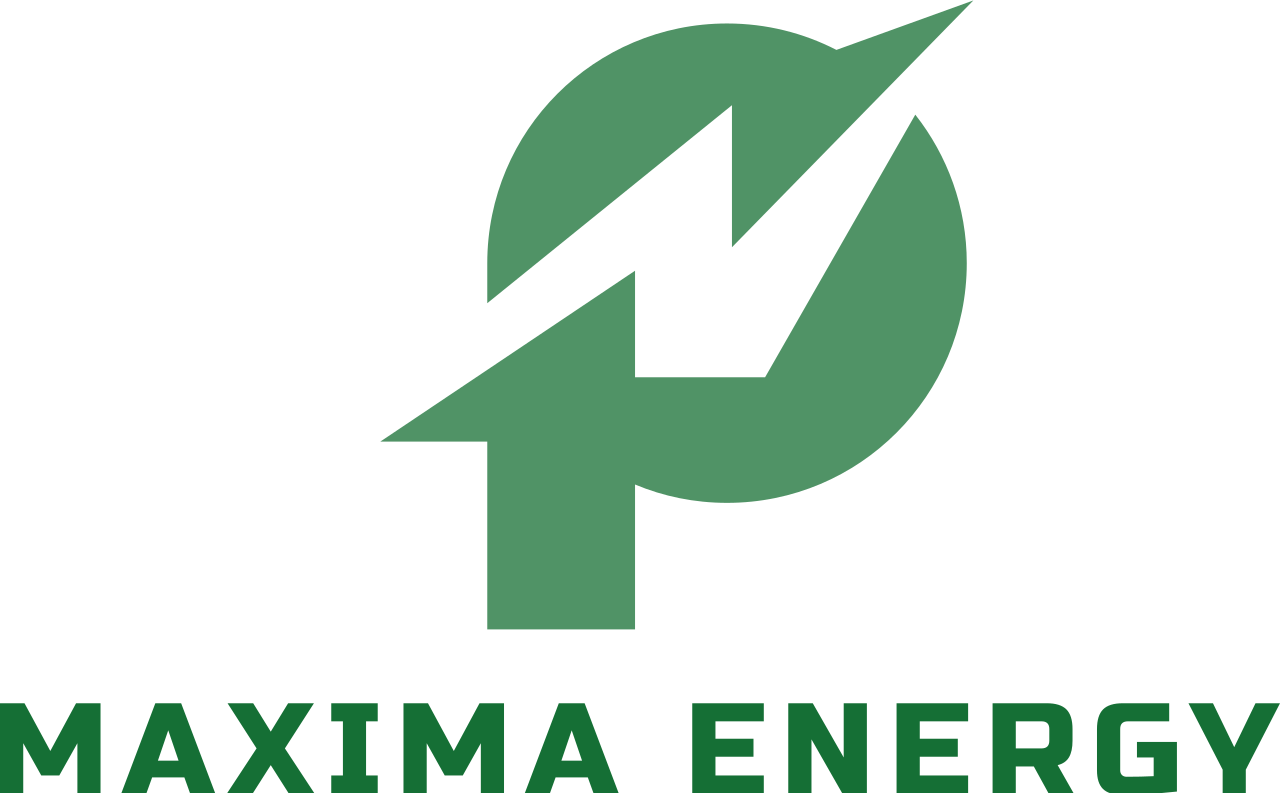
Our renewable energy
With soaring energy prices, the cost of powering your home continues to rise year on year. If you’re fed up with paying astronomical bills, you might have looked into renewable power and might’ve stumbled upon solar power… which, given the UK’s climate, mightn’t be the best option.
Although the UK might be notorious for its lack of sunshine, there’s certainly plenty of wind to be had – meaning domestic wind turbines might be a great option if you want to go down the renewable energy route.
Wind turbines don’t always require planning permission, making them easy to get up and running – and, when they’re installed correctly, you can turn that blustery weather into power for your home!
In this article, we’ll be talking about how much domestic wind turbines cost, what affects the cost of building a domestic wind turbine, how to save money when building a domestic wind turbine, what’s involved in building a domestic wind turbine and how to find and hire a professional to build a wind turbine.
If you want to start using our bad weather for good, then looking into renewable energy from domestic wind turbines can be the way to go. Let’s get started.

| WIND TURBINE SIZE | ESTIMATED COST INCLUDING INSTALLATION | ESTIMATED ANNUAL OUTPUT |
| 1kW Roof-Mounted Micro Turbine | £1,500 to £3,000 | 1,750kWh |
| 1.5kW Pole-Mounted Turbine | £7,000 to £10,000 | 2,600kWh |
| 2.5kW Pole-Mounted Turbine | £12,500 to £18,000 | 4,400kWh |
| 6Kw Pole-Mounted Wind Turbine | £23,000 to £34,000 | 9,000kWh |

The Energy Saving Trust (EST) estimates domestic wind turbines, including VAT and installation, will cost the following:
Roof-Mounted Micro Turbine – Generating up to 1kW, a small roof-mounted turbine should cost around £3,000. Though these are cheap, they’re not very efficient, so aren’t the best return on investment out there.
1.5kW Pole-Mounted Wind Turbine – A mid-priced model, generating 2,600kWh per year and coming in at between £7,000 to £10,000 to be installed and built.
2.5kW Pole-Mounted Wind Turbine – One of the most popular models, this wind turbine will cost between £12,500 and £18,000, generating up to 4,400kWh per year.
6Kw Pole-Mounted Wind Turbine – An option if you want to generate a lot of power, up to 9,000kWh per annum, costing between £23,000 and £34,000.
What Affects the Cost of Building a Domestic Wind Turbine?
It’s important to remember that the cost of a wind turbine, including its installation, needs to be weighed up against the long term savings. These are the main areas that’ll affect the price you pay to get your domestic wind turbine up and running.
Your Choice of Wind Turbine
There are two main varieties of domestic wind turbines; freestanding pole and mast-mounted turbines, and roof-mounted ones. Though most will be hooked up to the National Grid, you can have stand-alone systems which are used to power batteries.
Micro-Turbines
These are normally used to charge batteries, and generate anything up to around 0.5KW.
Small Pole-Mounted Turbine
Generating around 2.5kW, these are generally the most affordable and accessible for domestic use.
Large Pole-Mounted Turbine
If you want to generate a lot of power, you could opt for a large model. These turbines create between 5kWs and 6kWs.
Cabling, Installation, and Inverter Costs
Though the installation and cabling costs are included in our cost table above, replacement inverters aren’t. Inverters are likely to need replacement during a wind turbine’s lifetime at an average expense of £1,000 per unit.
Maintenance
Depending on the size of the turbine, you’ll be looking to spend between £100 to £200 per year to keep everything working as efficiently as possible.
Planning Permission
While planning permission isn’t always required for domestic wind turbines, if you proceed with building without checking first you could be fined and asked to take it down. It’s always best to check here first and speak to your local council for information in your area.
Insurance
Your home insurance may be affected by your wind turbine, so it’s important to
check potential costs before you go ahead with the installation. Some providers will cover theft, replacement and theft of turbines, but your premium could change as a result.
Local Wind Speeds
It’s essential to check with assessors that the average local wind speeds will generate enough electricity.
Turbine inverters use mains power constantly, regardless of whether the turbine is turning. Average annual wind speeds need to be a minimum of 5m/s (metres per second); otherwise, your turbine could use more electricity than it generates.
How Can I Save Money When Building a Domestic Wind Turbine?
Domestic wind turbines have the potential to reduce your energy bills and make your home more environmentally friendly – but that doesn’t mean all installations are straightforward and give you savings as soon as they’re built.
With high installation costs, here’s what we suggest you do before embarking on building to make sure you’re not spending more money than you need to.
Do Your Research
One of the best ways to save money with domestic wind turbines is to simply do some background checks. Before spending any money or booking in a professional, find out if your home is suitable for installation; if you’ll be breaching any planning permission rules, and if your wind speed is high enough to create enough energy to balance out the running costs.
If the wind speed in your area is too low, you can end up spending more electricity than you can create, making the endeavour fruitless.
Similarly, you might not have enough space to have a wind turbine on your property, or planning permission in the area mightn’t allow the building of them. Whatever the case, it’s best to find out these particulars before getting started on anything to save you from wasting money in the discovery process.
Speak To Your Insurers First
Your home insurance will likely increase when you have domestic wind turbines on your plot – but in some cases, they might already be included in your building insurance premium.
It’s best to speak to your provider first to find out what fees are associated with the installation, and then make a judgement call as to whether this is a good financial decision for you.
Get The Right Size
Although bigger turbines will generate more power, they’re not always necessary for your home. In some instances, you may end up paying more in maintenance and running fees than the equivalent energy you can produce from your turbines.
f you’re not sure about what size and output you need for your property, speak to a professional to give their assessment based on your geographical location and wind speed to make sure you’re choosing the right product

What’s Involved in Building a Domestic Wind Turbine?
Where you position your wind turbine is especially important to comply with planning permission, distance from your property and ensuring it is on as high ground as possible to optimise the wind.
Wind speed is also an important consideration, as without this you may end up building a turbine in an area where the wind speed isn’t enough to counteract the cost of electricity to run the turbine itself.
The UK wind speed database can give you an indication of this when you use your OS grid reference.
Planning Permission
Checking in with the council is important – it’ll stop you from being issued fines for going against compliances. This is also a good time to check in with your neighbours to make sure there are no objections on their end.
Speak to National Grid and Your Insurers
Although you’re creating energy, you’ll still need the help of National Grid – so it’s best to contact them during the planning phase to make sure there are no problems or objections, as this also will carry a fee.
Similarly, get in touch with your insurers now to find out what implications this has on your premium, as it may well raise your rates.


